Rem Koolhaas contemplates the countryside at the Guggenheim’s latest show in New York
Rem Koolhaas, with the help of his practice's research branch, AMO, and a host of international collaborators, delves into the present and future of our planet's countryside in an exhibition at New York's Guggenheim Museum. The show offers a pioneering new direction to architectural thinking that takes the spotlight away from urban centres
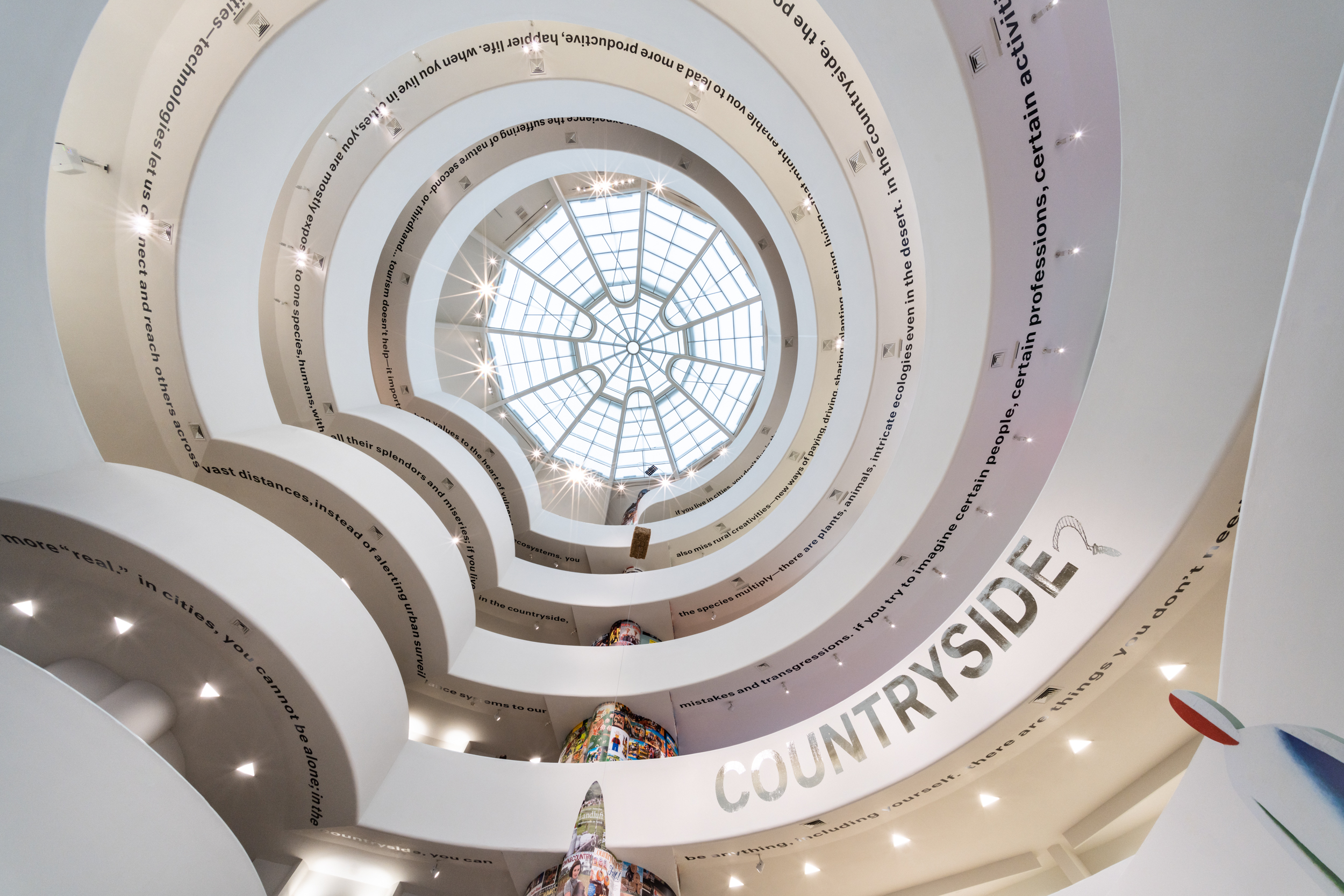
Rem Koolhaas has been thinking about the countryside for years, he tells a captive audience on a blustery New York morning, and it’s time to give it some attention. Koolhaas is introducing ‘Countryside, The Future,’ an exhibition that opens today at the Solomon R. Guggenheim Museum in New York. It’s a temporally and spatially massive show, the kind of focus on architecture that most practitioners and historians only dream of. And the exhibition, though officially billed as an AMO plus collaborators project, is vintage Rem, almost a greatest hits collection.
There’s the iconoclastic personality, which comes through in a bracing first-person wall text that introduces the show. It points out the exhibition's intellectual origins – an observation that a Swiss village he liked to visit was changing. Pop culture is referenced in the magazine covers that paper the central column. The typical OMA/AMO research-intensive vibe can be seen in the first gallery offshoot, where four categories of books under glass vie for attention with a massive wall-printed text, courtesy designer Irma Boom.
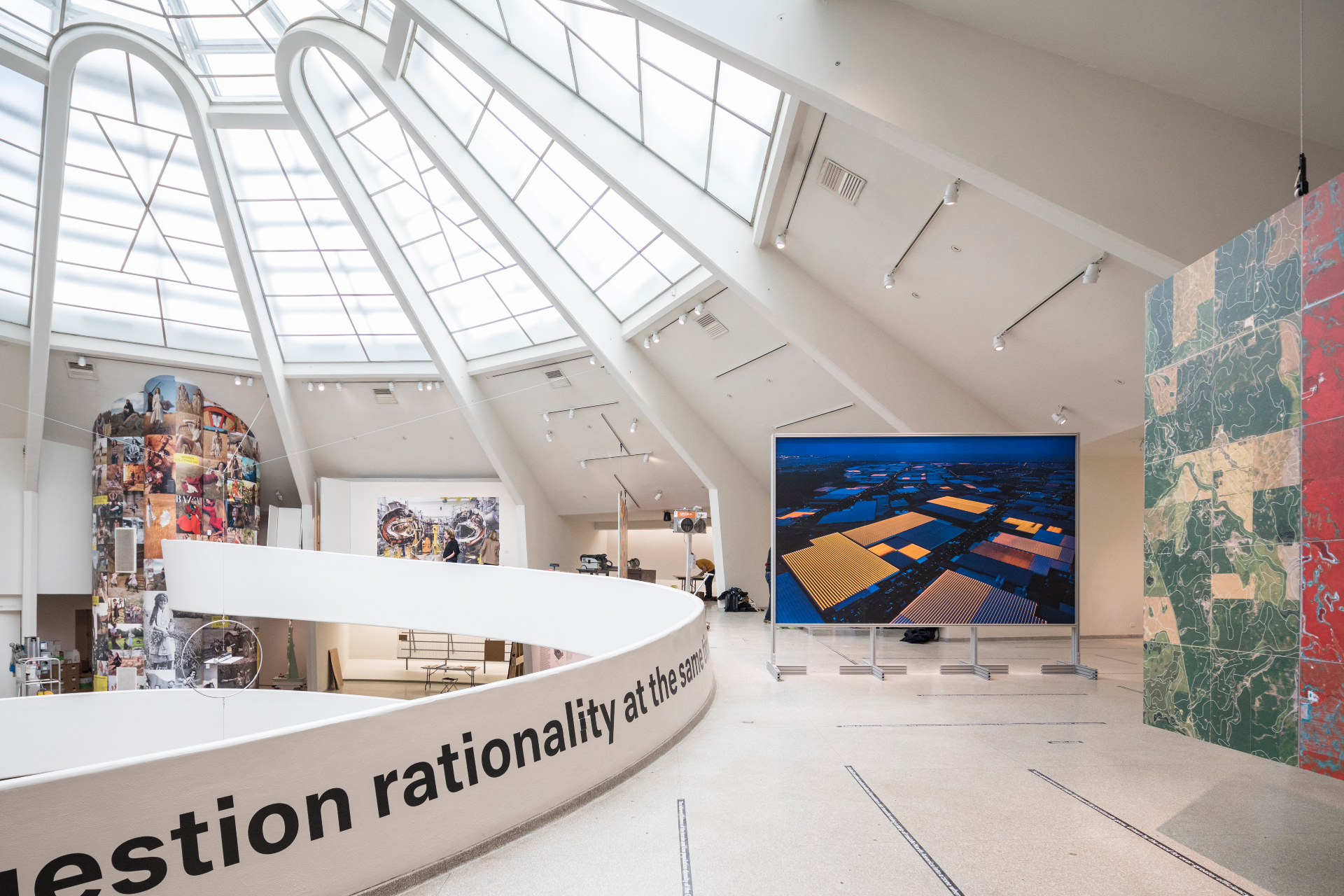
Throughout the show you'll read an endless series of questions Koolhaas asked himself as he thought about the countryside. A projected map of the world is the exhibition’s iconic image, where the red graphics show areas the exhibition contends with, featuring rotating typefaces of information graphically overlaid. There’s an alarming graphic that shows heat anomalies, and another that shows the sheer number of shipping routes, and, well, much of the show is inherently alarming.
Koolhaas’ argument, such as there is one (the show seems purposefully non-polemical), is that the countryside has been overlooked, largely because of the UN’s observation that, by 2050, two thirds of the world’s population will live in cities. And that its being overlooked has caused it to be transformed from a bucolic land of peace and pleasure (how he remembered Switzerland) into a sort of weird and un-designed back office/storage room for the world’s cities.
RELATED STORY

The exhibition, put together with five generations of Harvard GSD students and a host of collaborators from Beijing, The Netherlands, and the University of Nairobi, offers a look into some of those back office mechanisms. Some – like a robotic bee and some lively greenhouses – feel familiar. Others – like a map of China’s political structure (extremely timely), and a look at how Qatar dealt with food insecurity caused by political blockades (also timely given our planet’s very real potential to experience global food insecurity) – offer some of that zing of excitement that we have come to associate with Koolhaas’, earlier in particular, contributions to the field.
Koolhaas, with his firm, made his mark with his book Delirious New York, which he brought up; then another book, SMLXL, and then the Harvard Design School Guide to Shopping, always staying just one step ahead of what the staid academy expected architectural historians and theorists to do. ‘Countryside, The Future’ feels like the next move in that direction, but it’s also, like his 2003 publication Content was, somewhat messier, a bit, perhaps, historically sloppier; the word ‘antiquity' is used frequently to refer, generally, to ‘the past,’ though it’s clear that the actual locus of this antiquity is only loosely imagined.
Still, that’s what’s on the menu now, in this era of ever-expanding museums and a lay public increasingly interested in understanding the seemingly infinite complexities of our world, whether expressed here through fish farm videos or a moving Stalin robot. It is likely that enterprising students of architecture and future historians will see this as something like a capstone to his career. It’s a bit cheeky, it has its intellectual moments, and – just like the tractor that sits right out front – meant to capture our attention. What the public – or the politicians involved in maintaining all the various orders the show alludes to – does with this attention remains to be seen.
Wallpaper* Newsletter
Receive our daily digest of inspiration, escapism and design stories from around the world direct to your inbox.
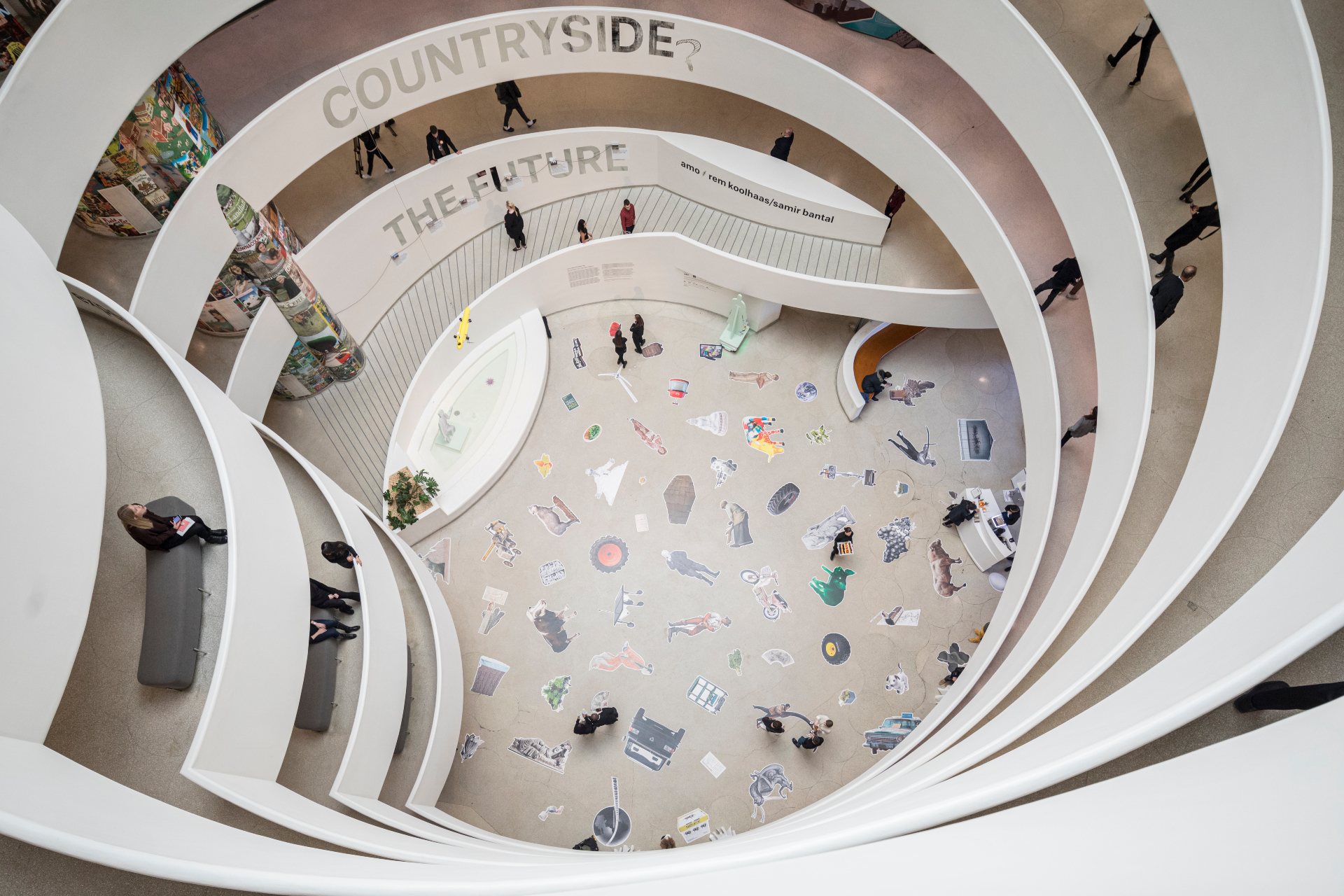

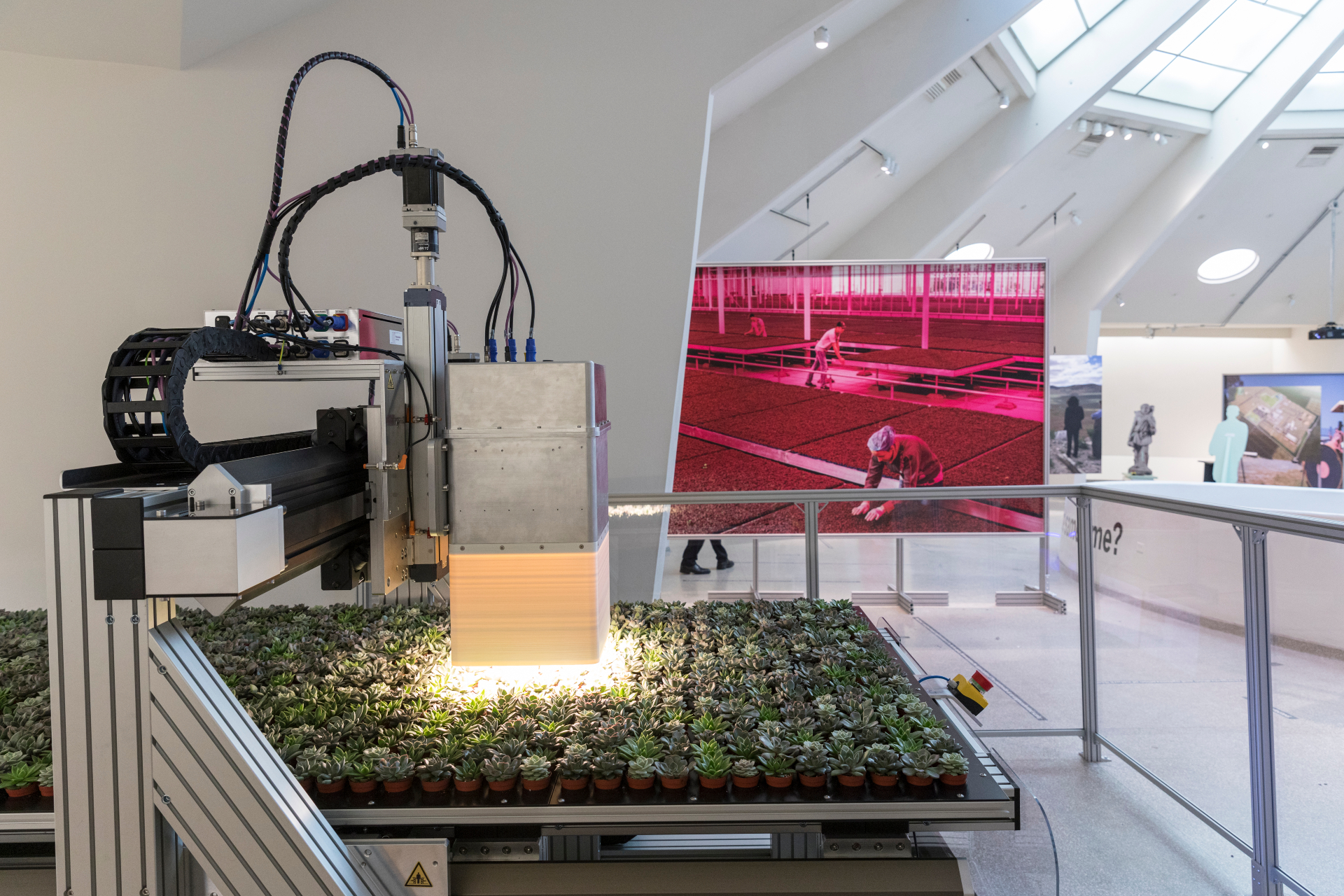
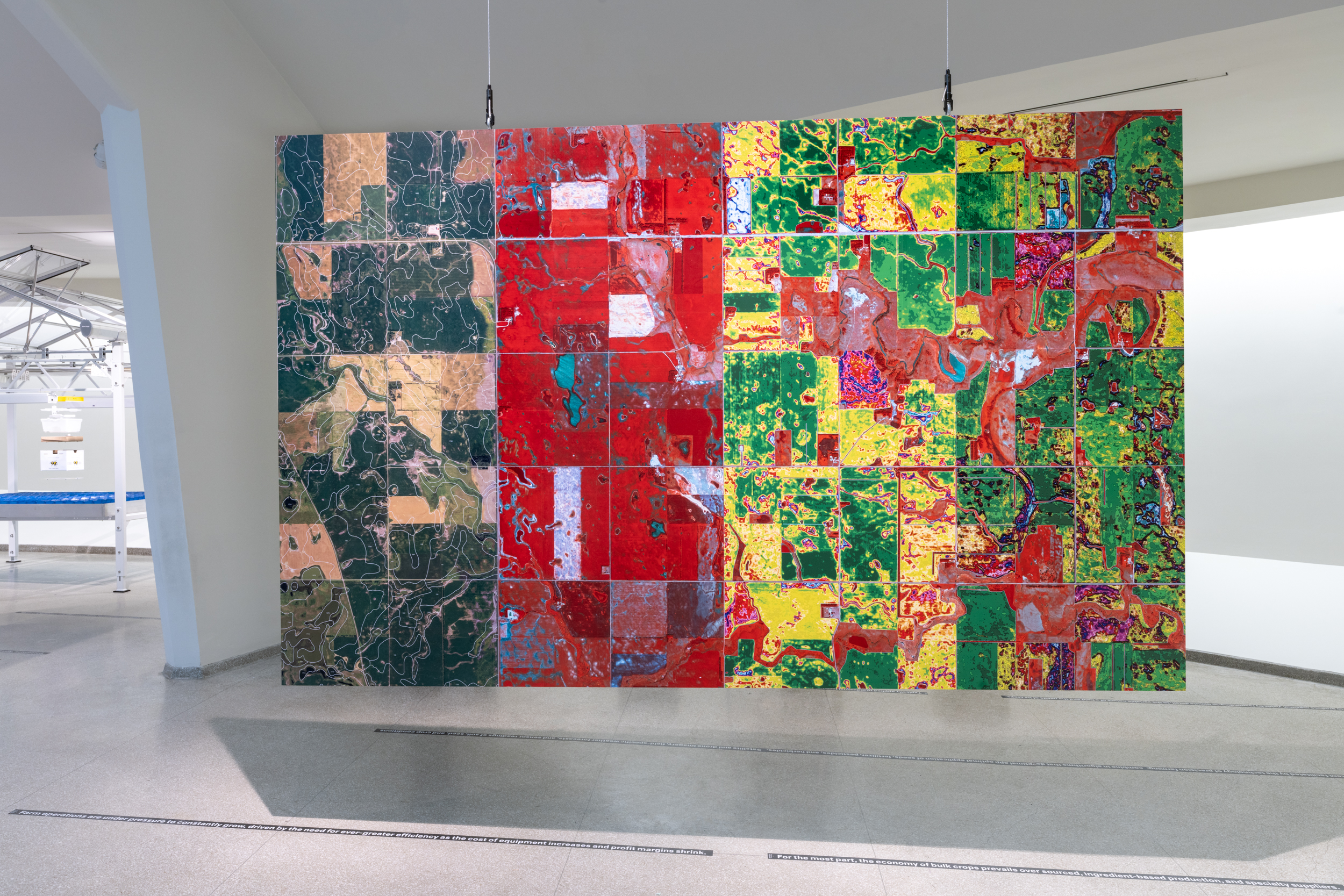
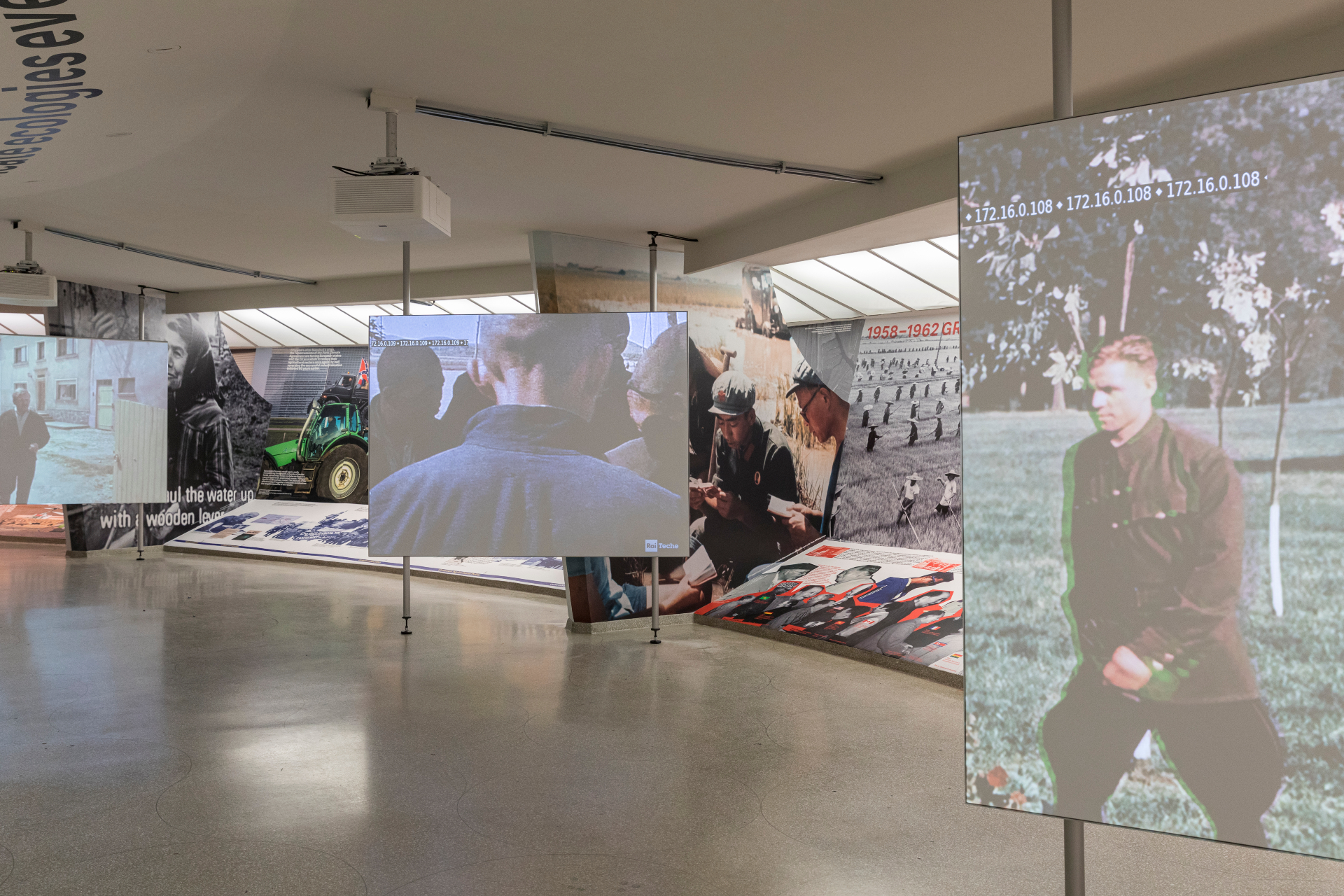
INFORMATION
‘Countryside, The Future’ runs 20 February – 14 August 2020 at the Solomon R. Guggenheim Museum
ADDRESS
Solomon R. Guggenheim Museum
1071 5th Ave
New York
NY 10128
US
-
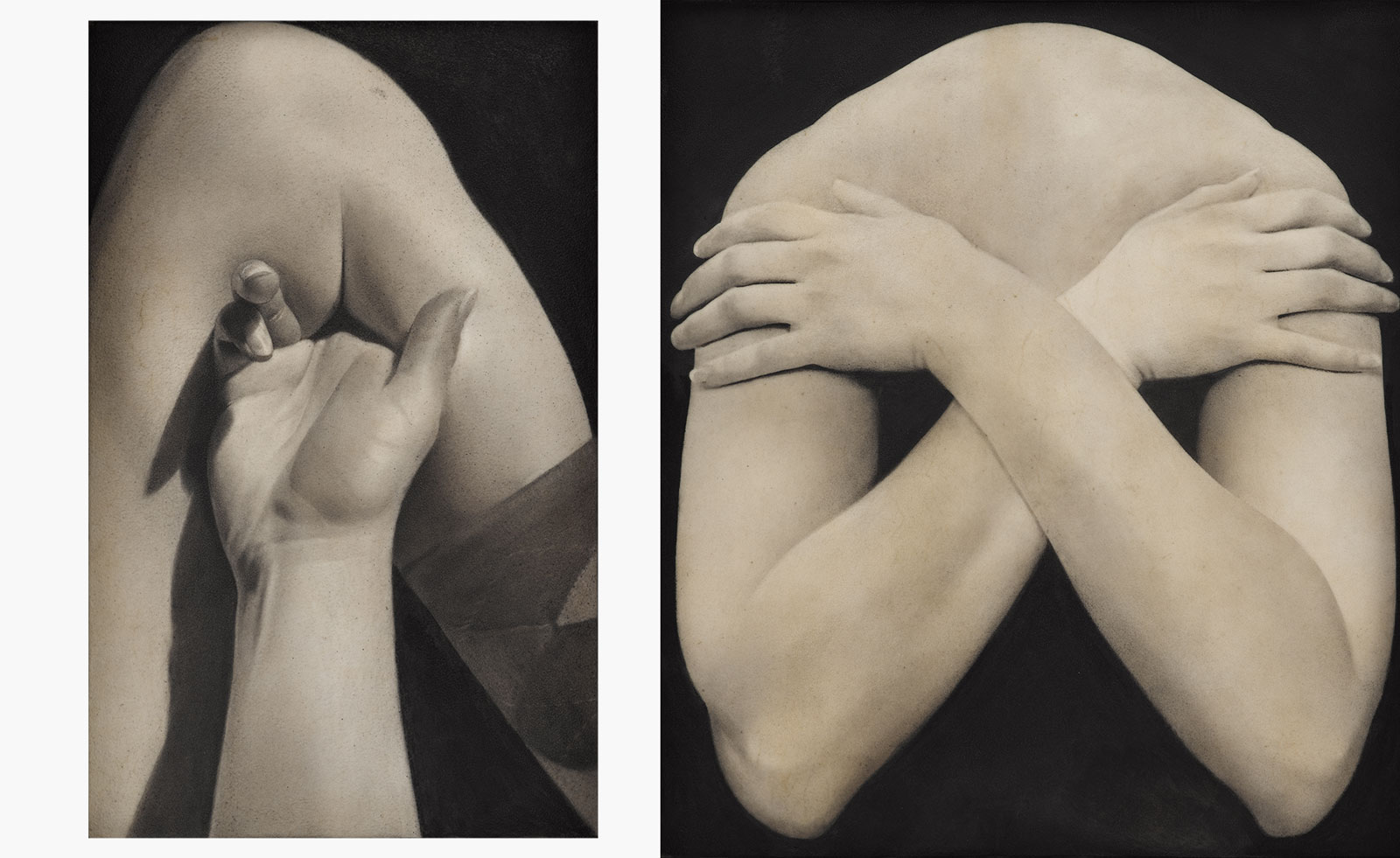 Put these emerging artists on your radar
Put these emerging artists on your radarThis crop of six new talents is poised to shake up the art world. Get to know them now
By Tianna Williams
-
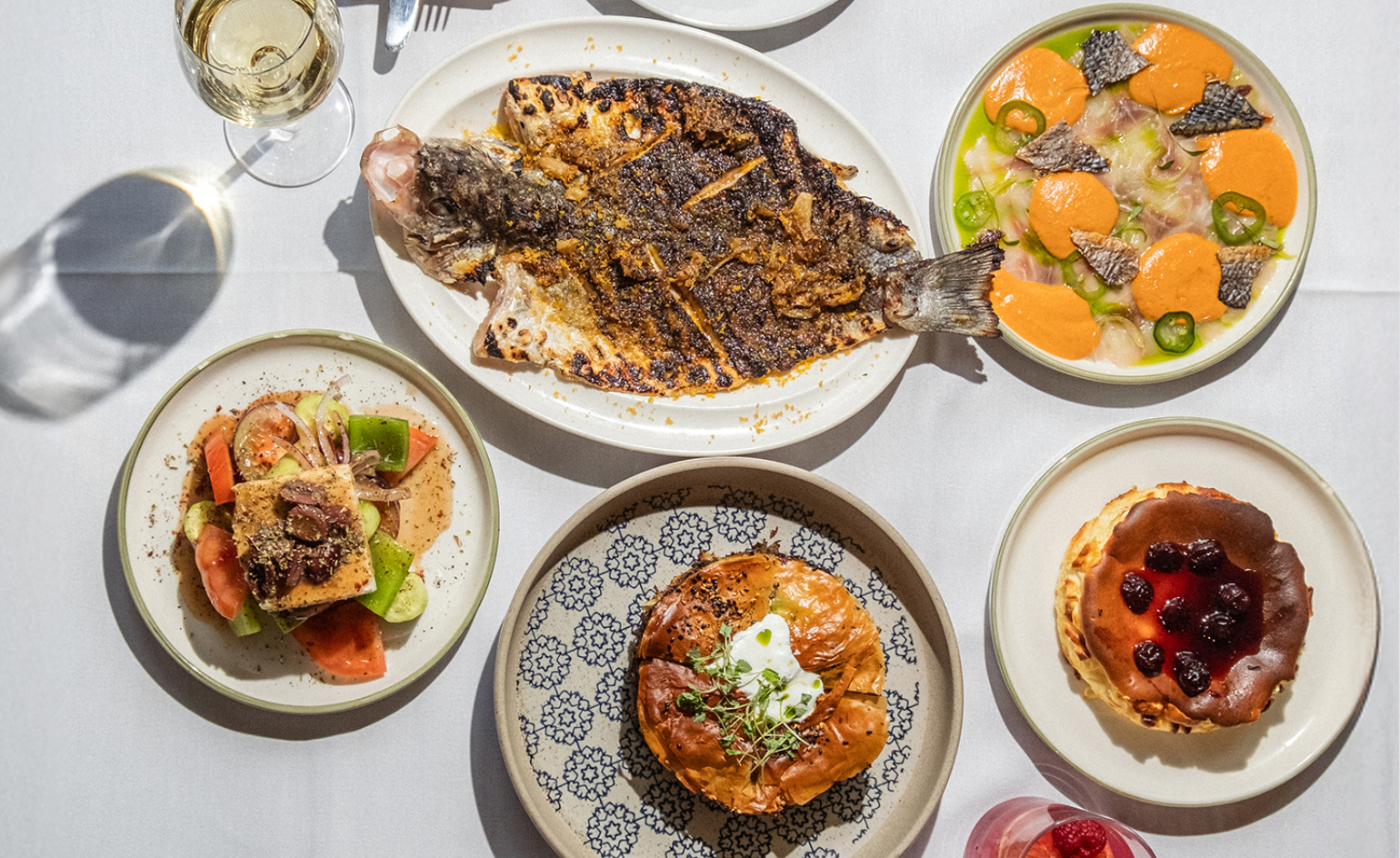 Dining at Pyrá feels like a Mediterranean kiss on both cheeks
Dining at Pyrá feels like a Mediterranean kiss on both cheeksDesigned by House of Dré, this Lonsdale Road addition dishes up an enticing fusion of Greek and Spanish cooking
By Sofia de la Cruz
-
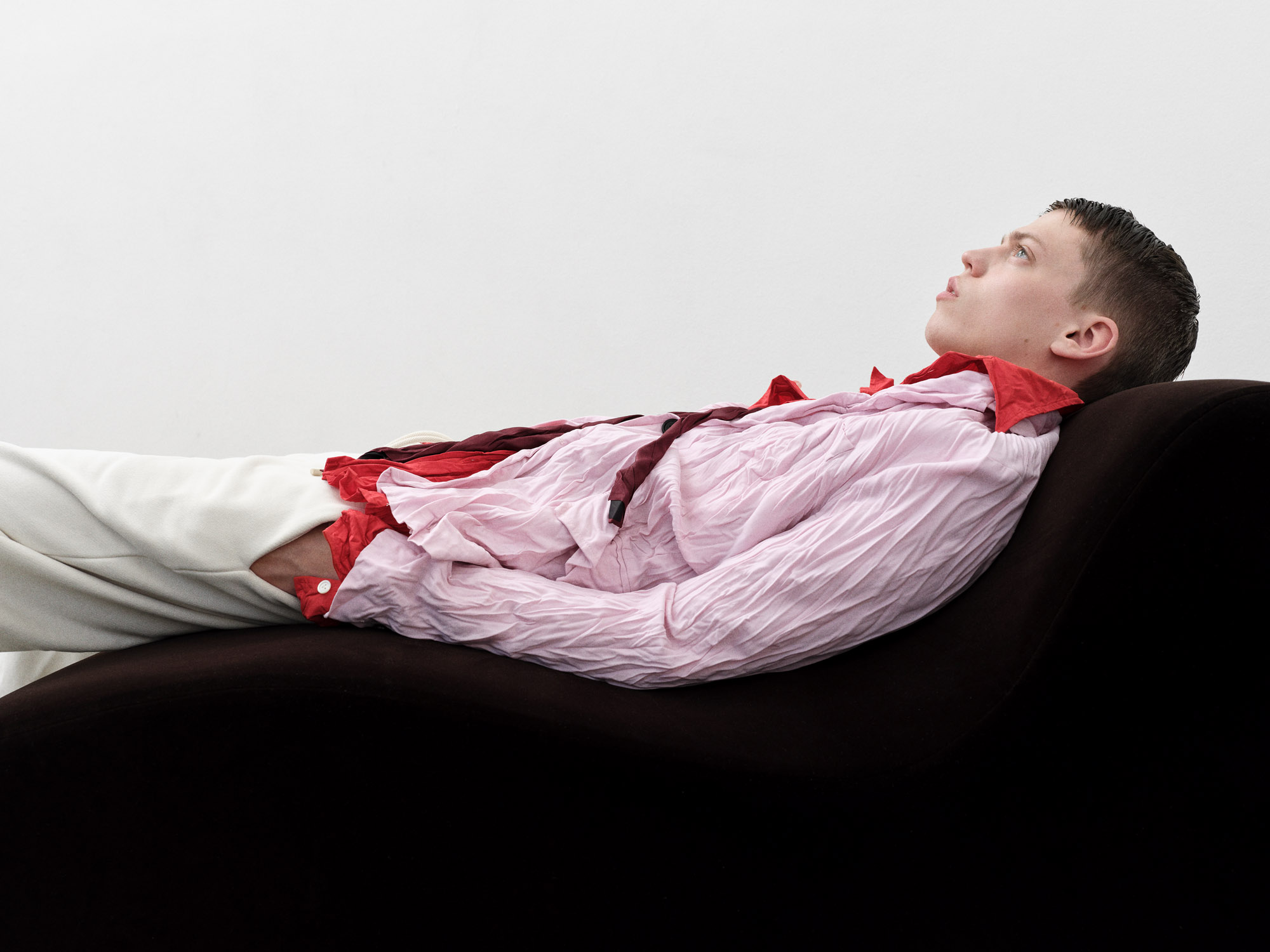 Creased, crumpled: S/S 2025 menswear is about clothes that have ‘lived a life’
Creased, crumpled: S/S 2025 menswear is about clothes that have ‘lived a life’The S/S 2025 menswear collections see designers embrace the creased and the crumpled, conjuring a mood of laidback languor that ran through the season – captured here by photographer Steve Harnacke and stylist Nicola Neri for Wallpaper*
By Jack Moss
-
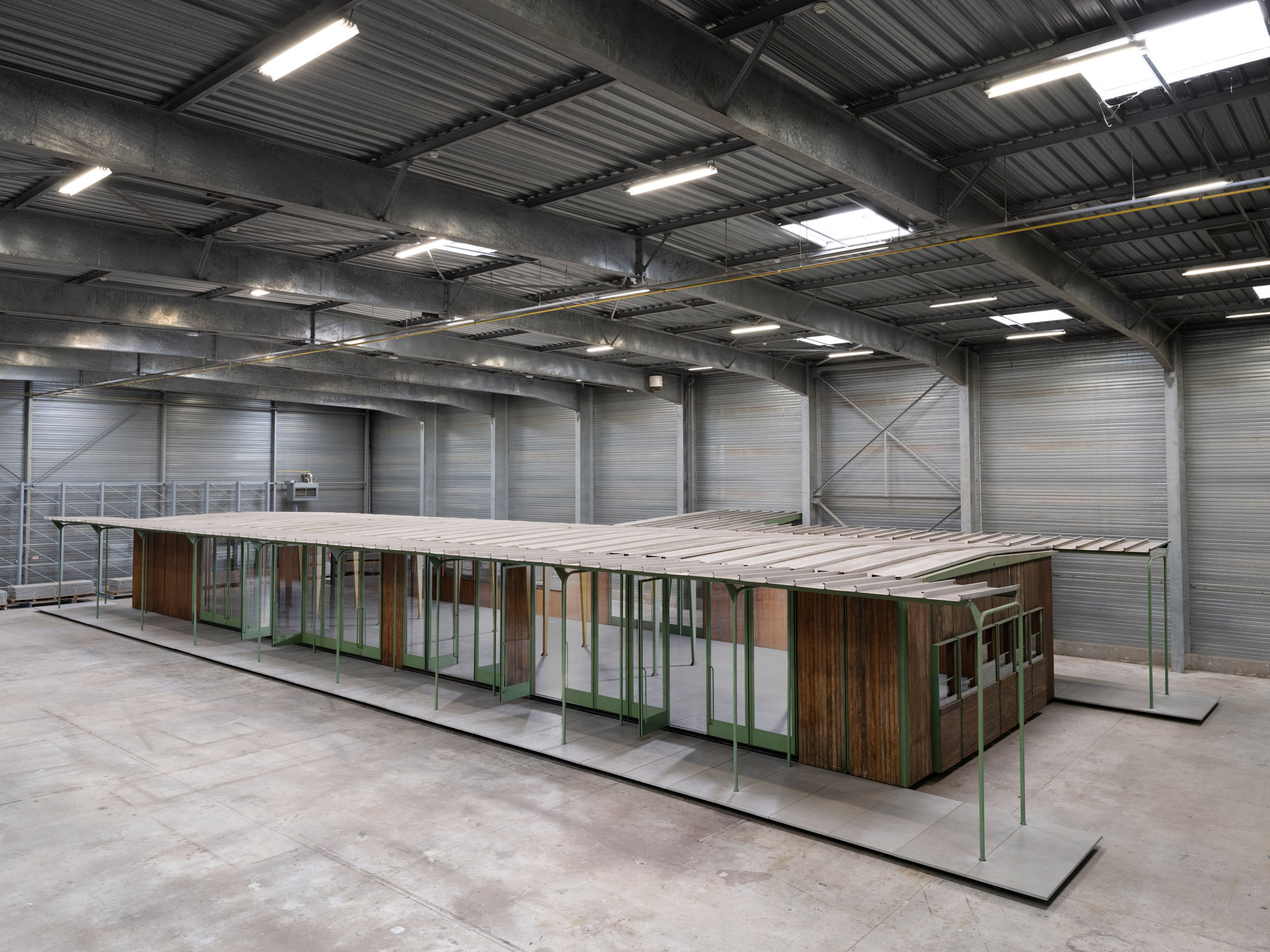 Croismare school, Jean Prouvé’s largest demountable structure, could be yours
Croismare school, Jean Prouvé’s largest demountable structure, could be yoursJean Prouvé’s 1948 Croismare school, the largest demountable structure ever built by the self-taught architect, is up for sale
By Amy Serafin
-
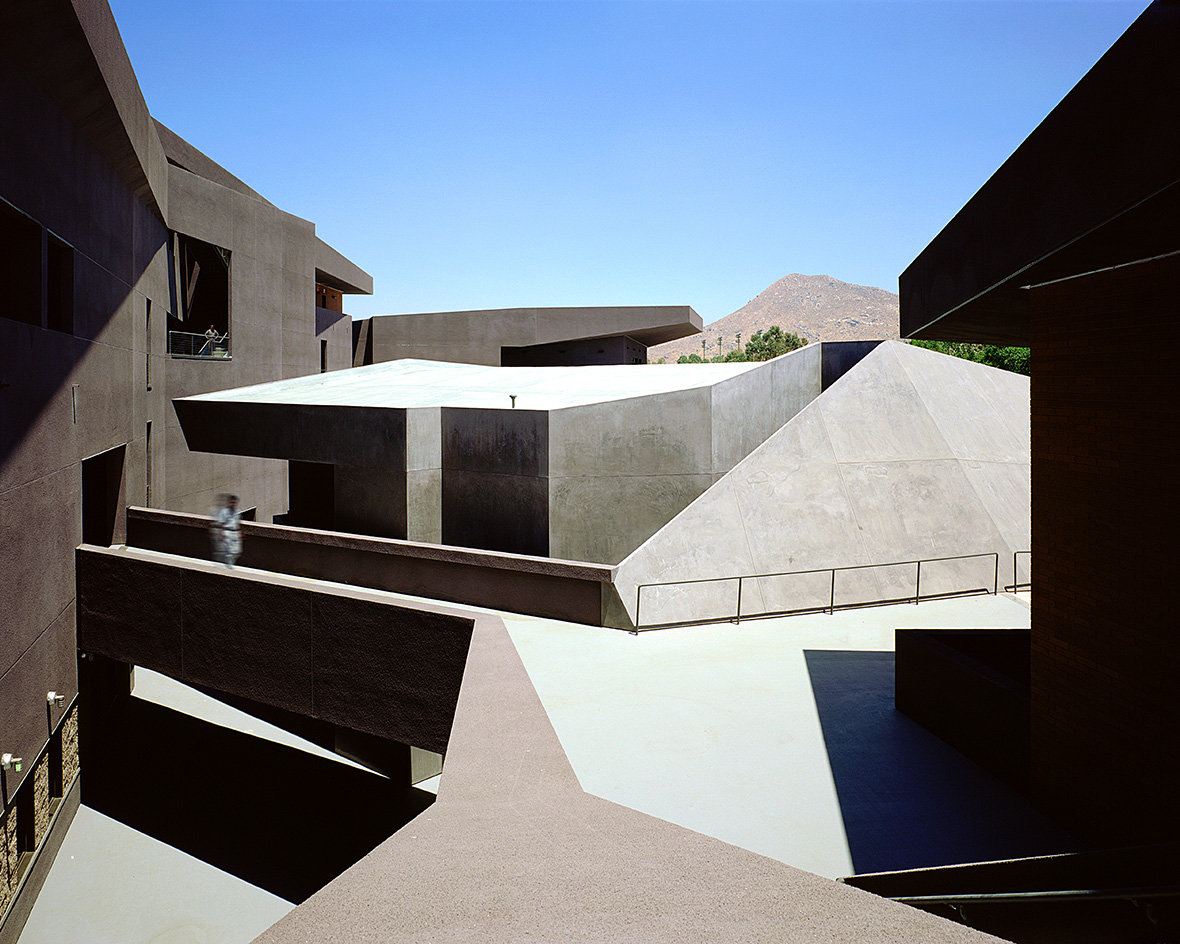 We explore Franklin Israel’s lesser-known, progressive, deconstructivist architecture
We explore Franklin Israel’s lesser-known, progressive, deconstructivist architectureFranklin Israel, a progressive Californian architect whose life was cut short in 1996 at the age of 50, is celebrated in a new book that examines his work and legacy
By Michael Webb
-
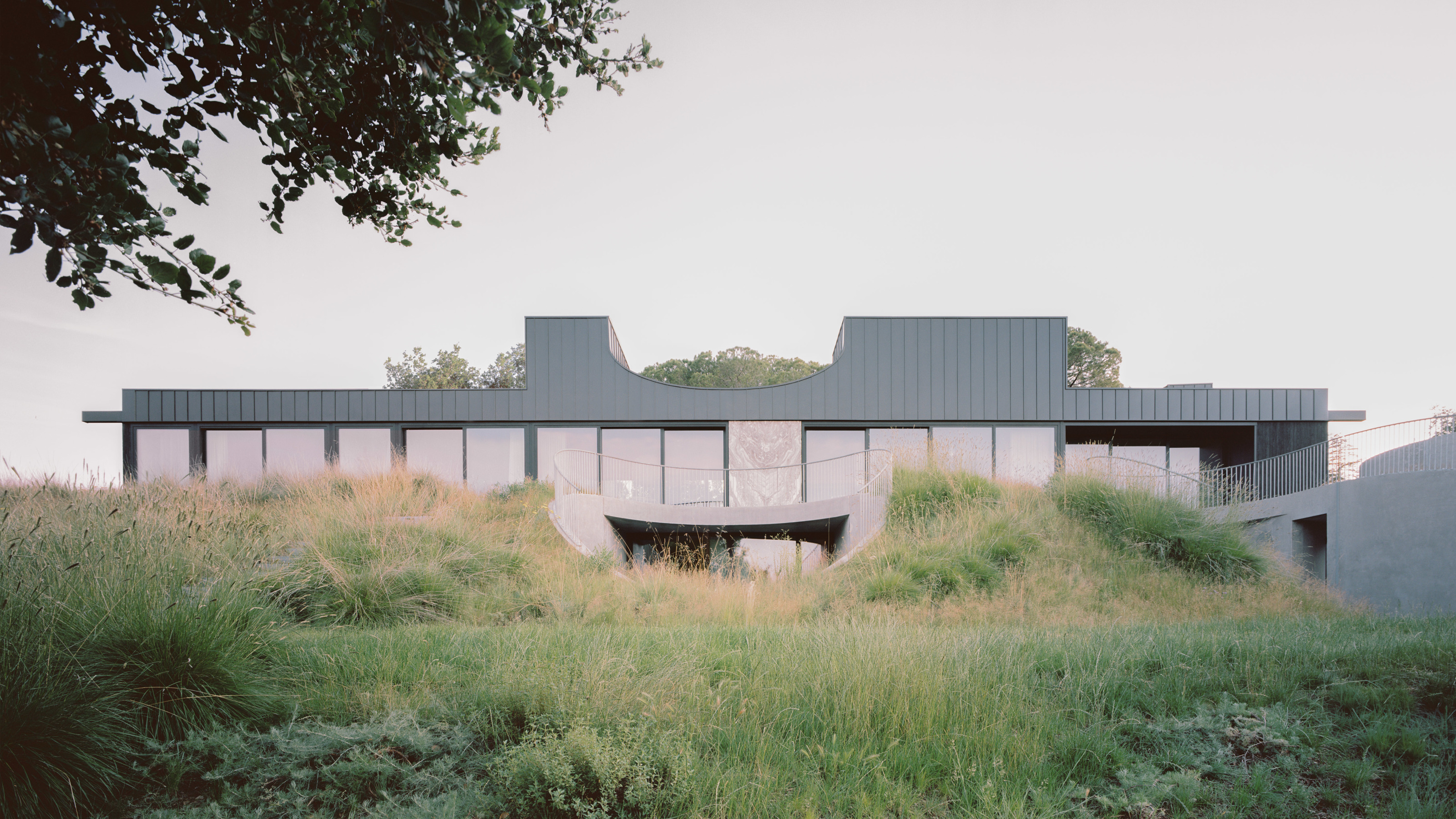 A new hilltop California home is rooted in the landscape and celebrates views of nature
A new hilltop California home is rooted in the landscape and celebrates views of natureWOJR's California home House of Horns is a meticulously planned modern villa that seeps into its surrounding landscape through a series of sculptural courtyards
By Jonathan Bell
-
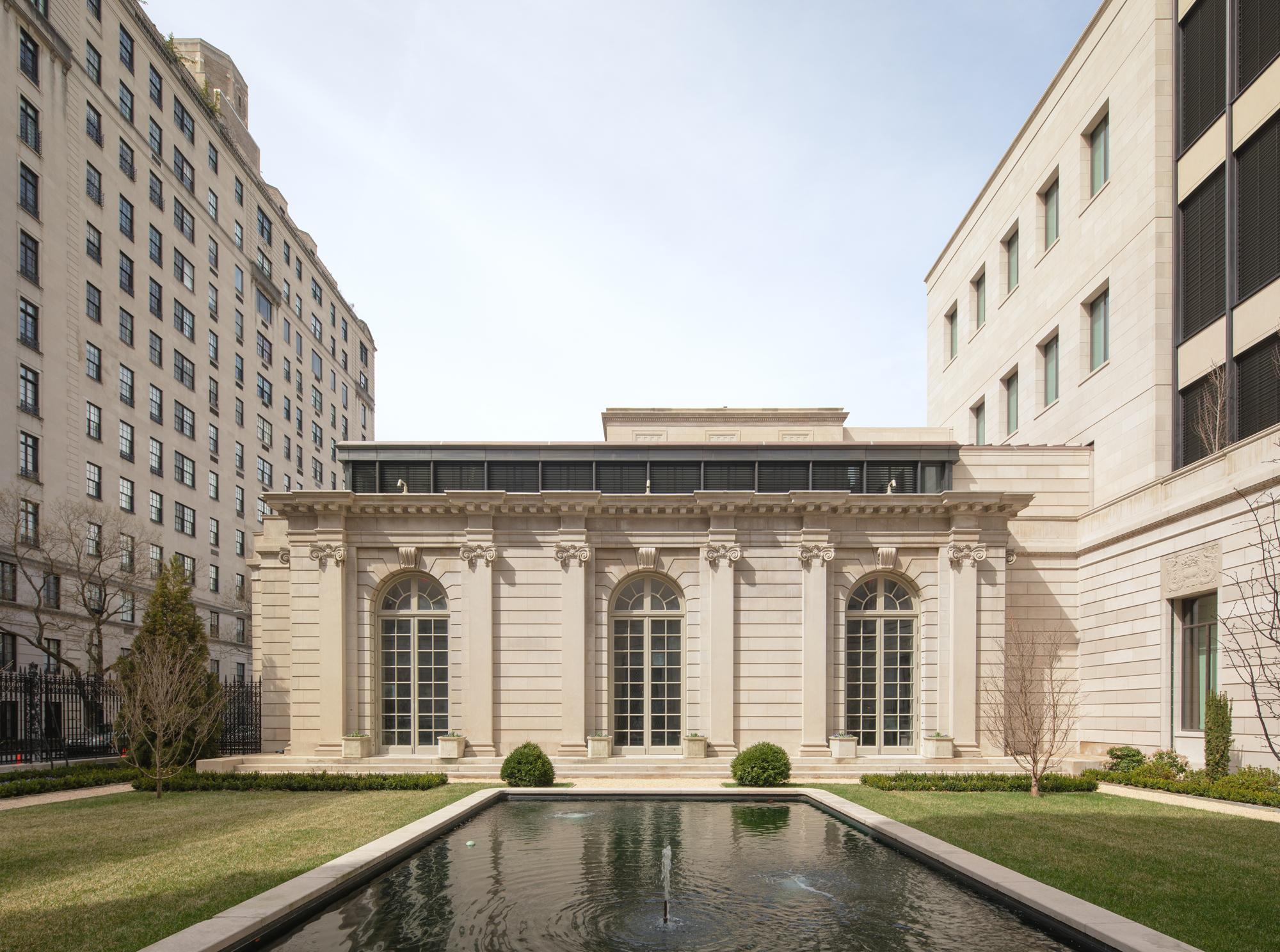 The Frick Collection's expansion by Selldorf Architects is both surgical and delicate
The Frick Collection's expansion by Selldorf Architects is both surgical and delicateThe New York cultural institution gets a $220 million glow-up
By Stephanie Murg
-
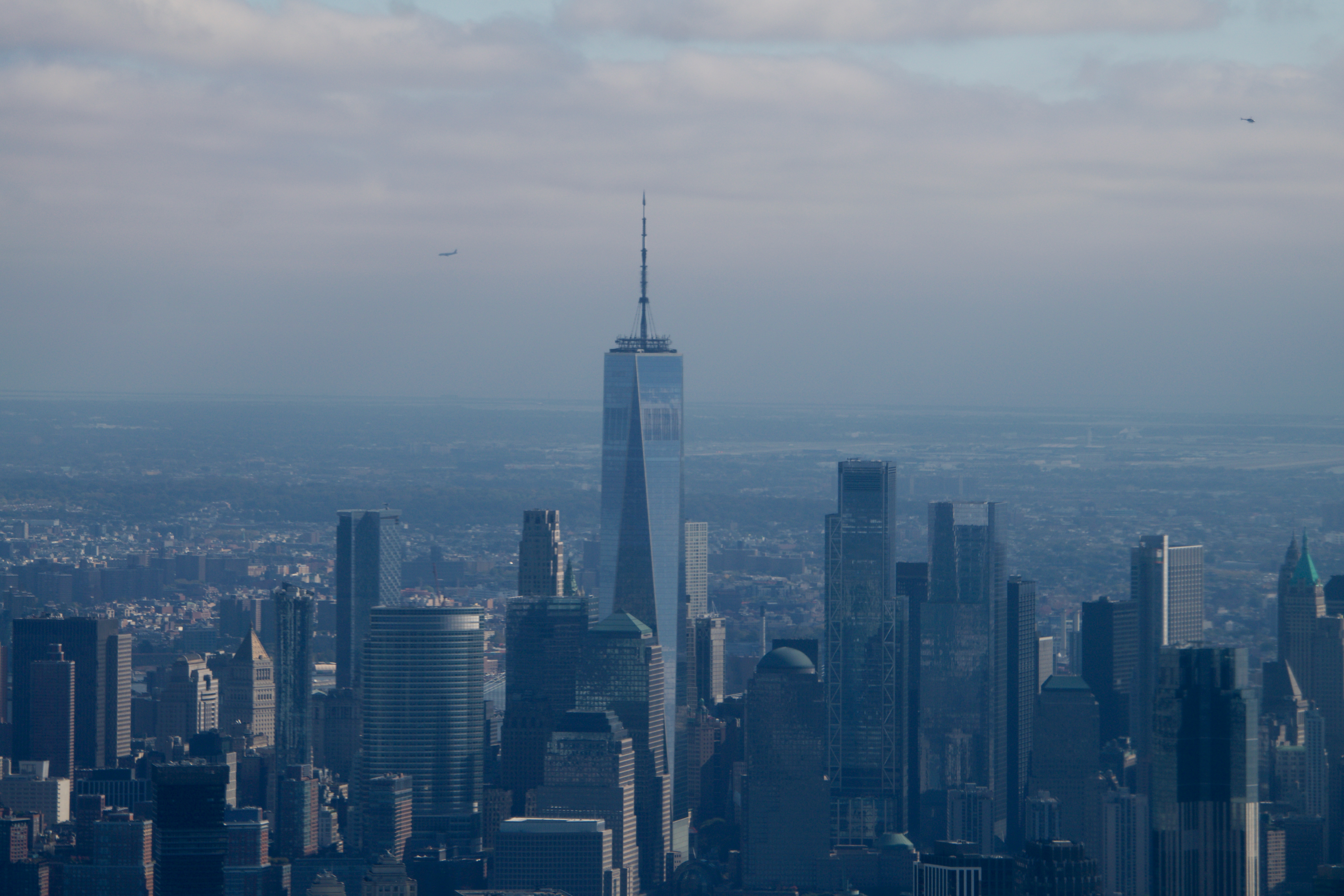 Remembering architect David M Childs (1941-2025) and his New York skyline legacy
Remembering architect David M Childs (1941-2025) and his New York skyline legacyDavid M Childs, a former chairman of architectural powerhouse SOM, has passed away. We celebrate his professional achievements
By Jonathan Bell
-
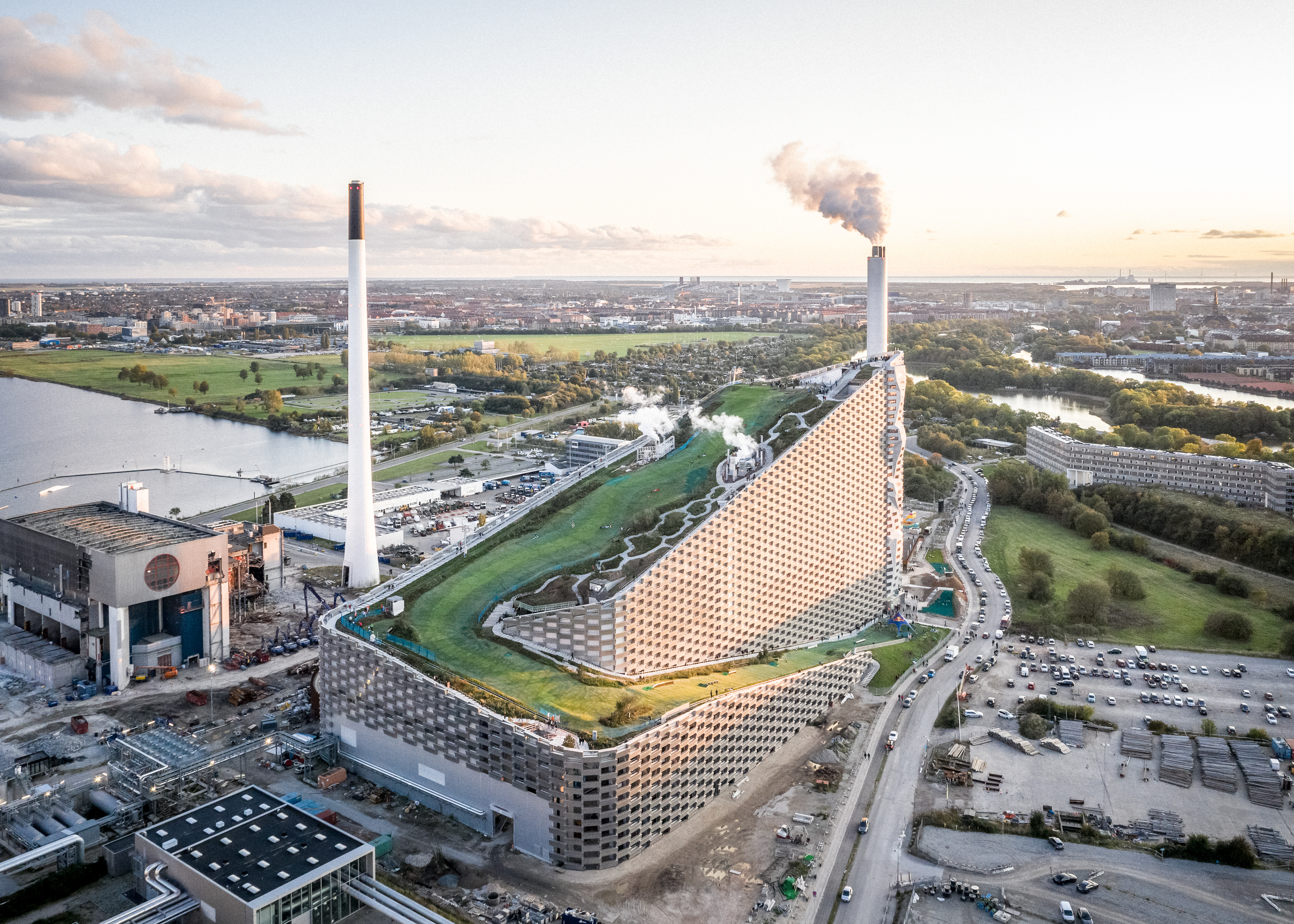 What is hedonistic sustainability? BIG's take on fun-injected sustainable architecture arrives in New York
What is hedonistic sustainability? BIG's take on fun-injected sustainable architecture arrives in New YorkA new project in New York proves that the 'seemingly contradictory' ideas of sustainable development and the pursuit of pleasure can, and indeed should, co-exist
By Emily Wright
-
 The upcoming Zaha Hadid Architects projects set to transform the horizon
The upcoming Zaha Hadid Architects projects set to transform the horizonA peek at Zaha Hadid Architects’ future projects, which will comprise some of the most innovative and intriguing structures in the world
By Anna Solomon
-
 Frank Lloyd Wright’s last house has finally been built – and you can stay there
Frank Lloyd Wright’s last house has finally been built – and you can stay thereFrank Lloyd Wright’s final residential commission, RiverRock, has come to life. But, constructed 66 years after his death, can it be considered a true ‘Wright’?
By Anna Solomon